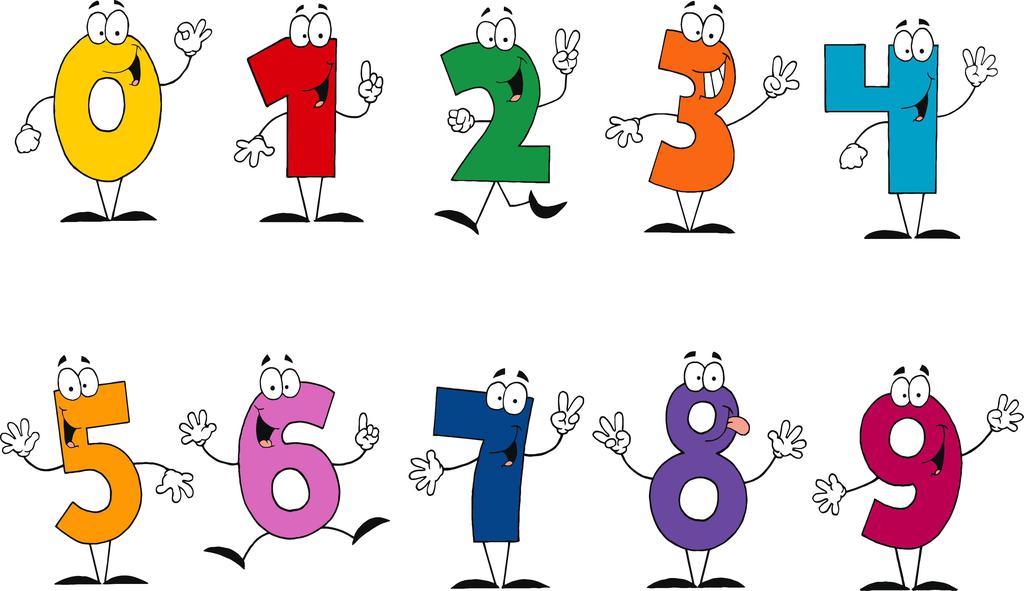
The numbers came from the moment when there was a need to count objects and things and that happened a long time ago.
The numbers in written format are few used today, but they have their importance. We generally use this number format to fill checks, receipts, and other documents.
But if you searched: how to convert numbers to words you found the solution!
And whatever the reason, know that it is possible to convert numbers into words, that is, if you have a common number, you can convert it to the written format (words) easily using textcaseconvert.com.
Check out the details below and see how it is possible:
⚠️ Attention the conversion limit is a 15 digits number 999,999,999,999,999
1- Type or paste the number to perform a conversion

2- Click on the “number to text” button

Ready!! The conversion was done!







